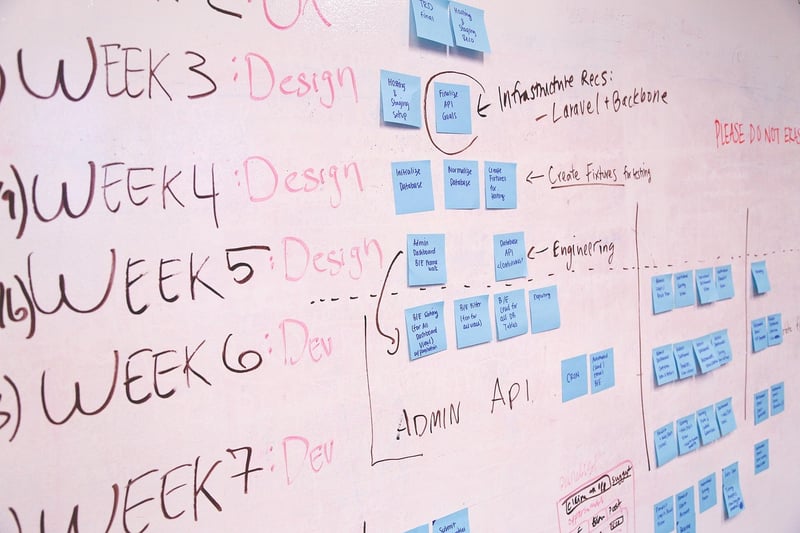Timeline Organization
Expert Advice for a Seamless Event + Timeline Organization
Introduction
Planning an event can be a daunting task, but with the right strategies and organization, you can pull off a successful and seamless event. One of the key components of event planning is timeline organization. In this article, we will provide you with expert advice on how to streamline your event planning process and effectively manage your event timeline.
1. Define Your Goals and Objectives
Before you start planning your event, clearly define your goals and objectives. Understanding the purpose of your event will help you make informed decisions throughout the planning process and keep you focused on what matters most.
2. Create a Detailed Timeline
Develop a comprehensive timeline that outlines all the tasks that need to be completed leading up to the event. Include deadlines, milestones, and responsibilities for each task. A detailed timeline will help you stay organized and ensure that you are on track with your planning.
3. Utilize Event Planning Tools
Take advantage of event planning tools and software to streamline your planning process. Tools like event management platforms, project management software, and online calendars can help you stay organized, collaborate with your team, and track progress efficiently.
4. Delegate Tasks Effectively
Delegate tasks to team members or volunteers based on their strengths and expertise. Clearly communicate expectations, deadlines, and responsibilities to ensure that everyone is on the same page. Effective delegation will help distribute the workload and prevent burnout.
5. Build in Buffer Time
When creating your event timeline, be sure to build in buffer time for unexpected delays or issues that may arise. Adding buffer time between tasks or activities will give you flexibility and ensure that you can handle any last-minute changes without causing major disruptions.
6. Conduct Regular Check-Ins
Hold regular check-in meetings with your team to review progress, address any challenges, and make necessary adjustments to the timeline. Open communication and feedback are essential for keeping everyone informed and ensuring that the event planning stays on track.
Conclusion
By following these expert tips for seamless event planning and timeline organization, you can effectively manage your event from start to finish. Remember to stay flexible, communicate openly with your team, and be prepared to adapt to any changes that may occur. With the right strategies in place, you can host a successful and memorable event that meets your goals and exceeds expectations.

For more event planning resources and tips, visit Eventbrite's Event Planning Tips.
